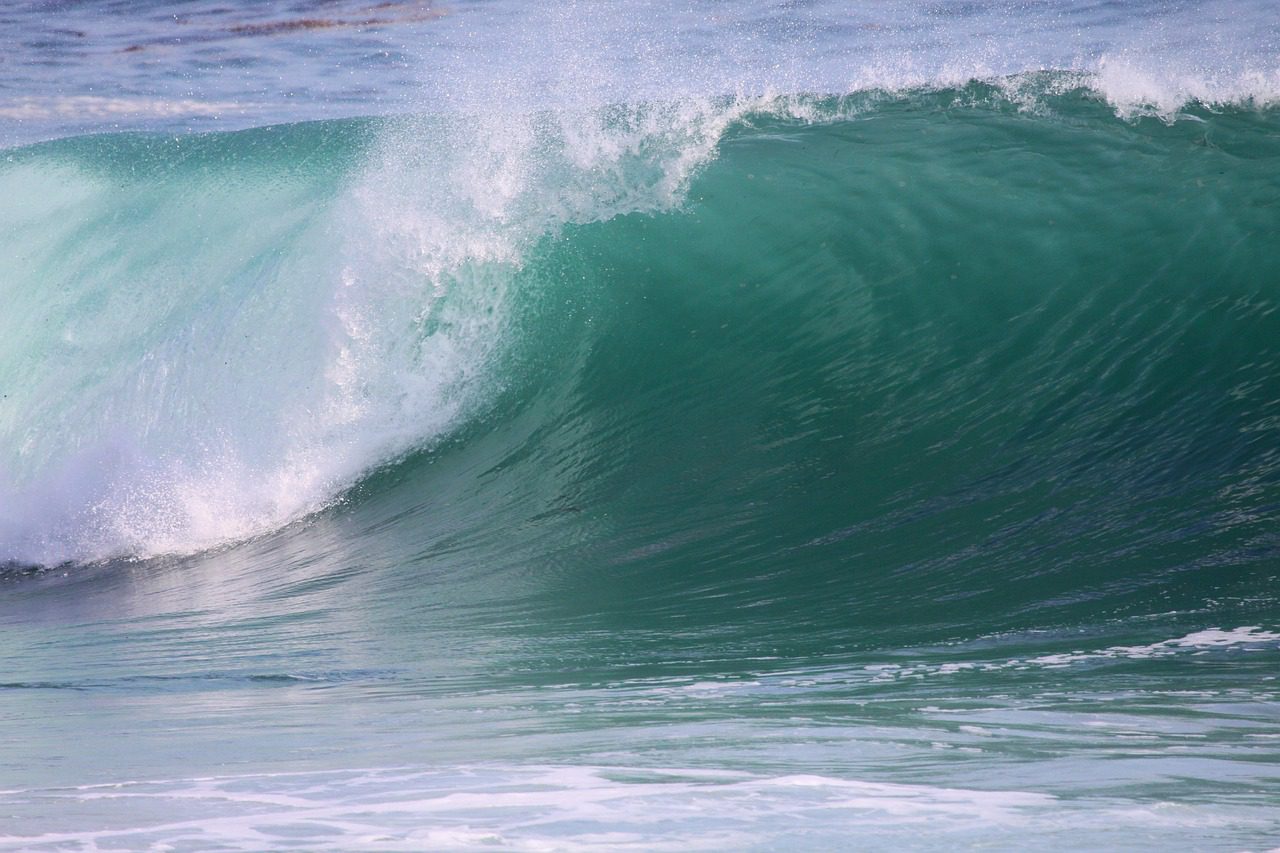Experts uncover building techniques that capture rainwater, protect water quality
SAN DIEGO, Dec. 6, 2012 – Can development put a LID on water quality pollution? That’s the question that three expert speakers tried to answer at tonight’s Signs of the Tide, San Diego Coastkeeper’s community public forum. For these speakers, LID stands for low impact development, an emerging development technique that mimics nature’s way of handling storm and water runoff.
Urban runoff, the single biggest threat to San Diego water, continues to impact the region’s inland and coastal water quality. When water runs over paved surfaces in San Diego, it takes with it accumulated trash, oils, toxins and chemicals and washes them into the region’s waters that ultimately end up in the bays and ocean.
“We’ve paved our way to unhealthy waters in San Diego County,” said Coastkeeper’s Waterkeeper Jill Witkowski. “But we have an opportunity in our redevelopment and new development to build our way back to clean, healthy waters.”
The challenge in San Diego, according to Geocon Incorporated’s Senior Engineer Shawn Weedon, is that the region has a lot of clay and shallow formation materials, which don’t let water infiltrate very easily. For example, in Normal Heights, the soil is made of mudstone.
But the good news, Weedon says, is that many low impact development techniques can work.
“A potential solution that I like and think is very attractive is planter boxes,” said Weedon, showing how homeowners can redirect runoff from roofs into high-design planter boxes adjacent to their homes. Other potential solutions include permeable pavement, which can look like regular pavement but allows rainwater to pass through, placed over a base layer that drains to a storm drain system. He also suggested vegetated swales or basins.
City of San Diego’s Bill Harris, another speaker at the event, shared actual LID developments in the City of San Diego, with an added note that “the City is moving forward with LID.” In his presentation, he showed examples of LID projects in the city such as a retention basin in Memorial Park and an infiltration project planned for Southcrest Park.
“We’re taking pollutants out by giving them time to settle in and letting nature do some of the work,” said City of San Diego’s Bill Harris about the permeable pavers installed at Kellogg Park in La Jolla.
Robert Thiele, a sustainable architect, took participants on a nine-step visual exploration of low impact development opportunities in Balboa Park. The goal, he said, is “a complete park with a sustainable water supply that can be used over and over again.”
The long-term vision included an onsite natural water treatment plant that Thiele says will be so beautiful that families will want to bring their children to visit it. Additionally, the park’s water reclamation and distribution systems, often called purple pipe, would distribute recycled water throughout the park, all powered by solar. He also shared a vision for eco-districts throughout the City of San Diego.
Partners for tonight’s event included San Diego Green Building Council, City of San Diego Think Blue and North Park Mainstreet Association.
For more information, please visit localhost/sdcoastkeeper.
###
Founded in 1995, San Diego Coastkeeper protects the region’s bays, beaches, watersheds and ocean for the people and wildlife that depend on them. We balance community outreach, education, and advocacy to promote stewardship of clean water and a healthy coastal ecosystem. For more information, visit San Diego Coastkeeper online at https://www.sdcoastkeeper.org.













